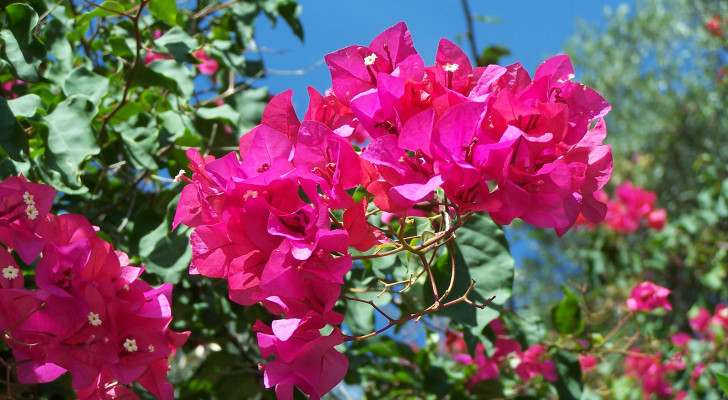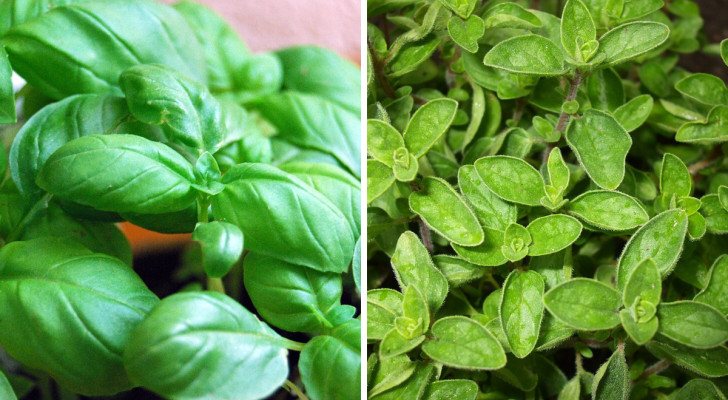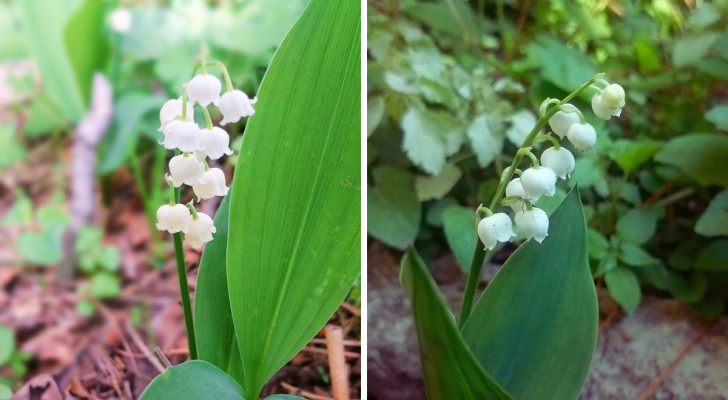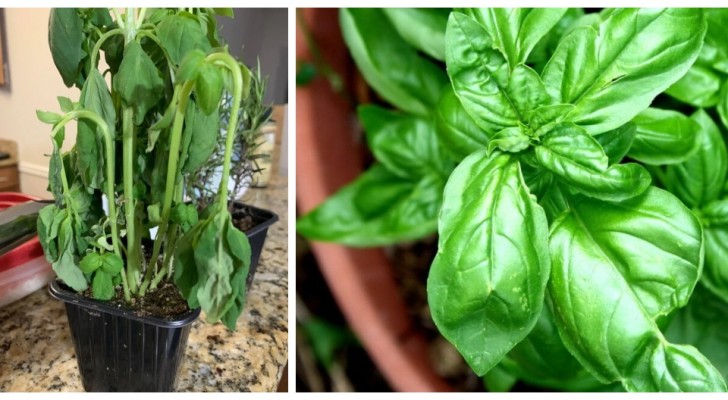Spanish lavender: how, where and when to grow this beautiful plant
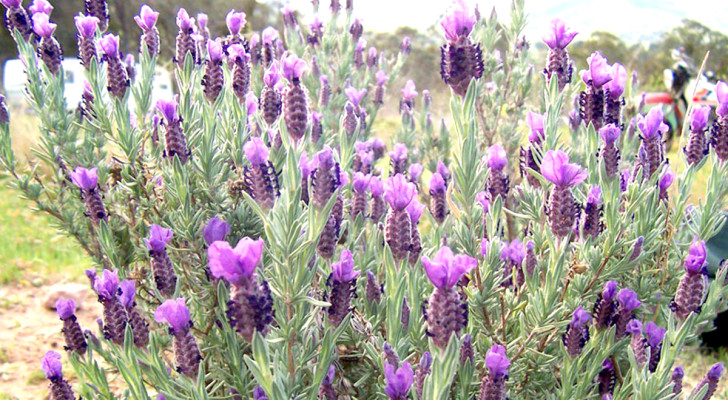
You have certainly heard of lavender, but what about Spanish lavender (Lavendula stoechas)? This plant is a type of shrub of Mediterranean origin and is great for decorating gardens and terraces elegantly. It doesn't require a lot of caring for (except in the winter months).
So, let's check out how to best to cultivate this wonderful lavender:
What is Spanish Lavender?
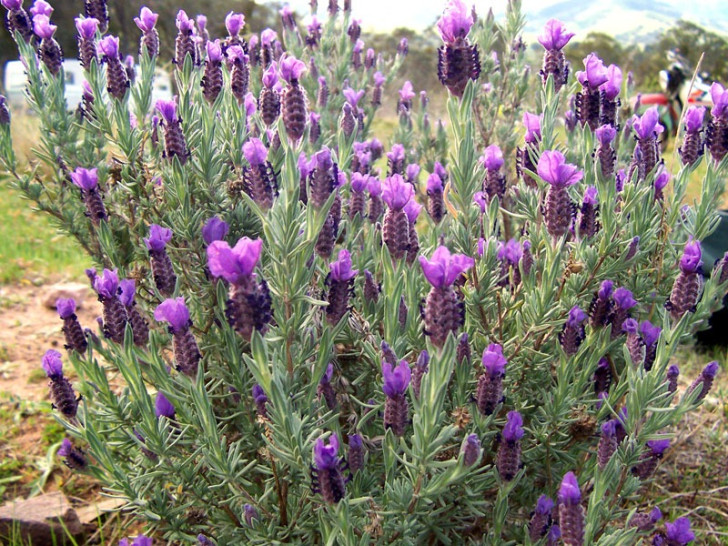
Spanish lavender is a plant that grows in bushes, reaching about 70-80 centimeters in height, and is characterized by having flowers ranging in color from purple to pink. Its distinguishing feature is the shape of the flowers. Unlike other lavenders, the petals of this lavender make them look like a bunny ears or a butterfly. This detail also gives this plant its nick-names: rabbit lavender or butterfly lavender
Beautiful and hardy, Spanish lavender loves mild/mediterranean climates, and does not like the cold or high levels of humidity.
How to cultivate Spanish lavender
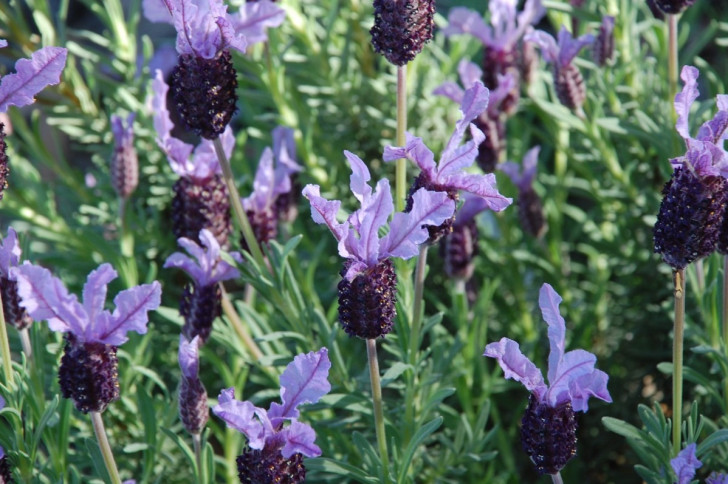
Pxhere
Spanish lavender thrives in the sunshine and dry conditions:
- Soil. This plant must be put in well-draining, sandy or rocky soil to prevent stagnant water causing root rot.
- Exposure. Spanish lavender does not like the cold and prefers hot, sunny spots. Spanish lavender should be planted in a spot that gets at least 6 hours of sunshine a day.
- Irrigation. This lavender does well in arid soil and can tolerate drought. Water occassionally but do not "drownd" the plant. Spanish lavender does not need fertilizer and can thrive in nutrient-poor soil.
- Pruning. After its flowering period, Spanish lavender needs to be pruned. By doing so, the new shoots will have more space to grow healthily.
What else must be done?
In addition to the above guidelines, take note of the following:
- When to plant Spanish lavender? The ideal time is after winter when the ground is no longer cold. If planting before winter, do this well ahead to give the roots enough time to grow in order to withstand the upcoming cold.
- What needs to be done during the winter? This plant hibernates in winter. Protect your lavender from the frost with garden sheets and put mulch around the base of the plant to protect the roots.
- Be careful with animals. Lavender foliage contains substances that can be harmful to animals, especially dogs and cats. If you grow lavender at home, try to locate it where your pets can't reach it.
- When does it flower? Starting from spring, Spanish lavender begins to bloom and repeats this process several times during summer and early autumn.
The vibrant colors of this plant will beautify your garden and provide it with a sweet perfume. Will you now plant some Spanish lavender in your garden?
